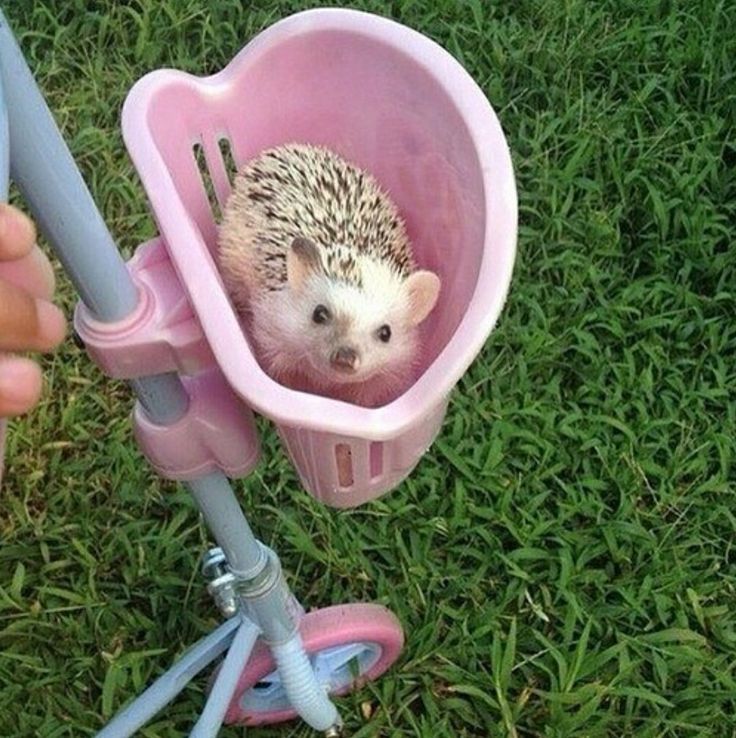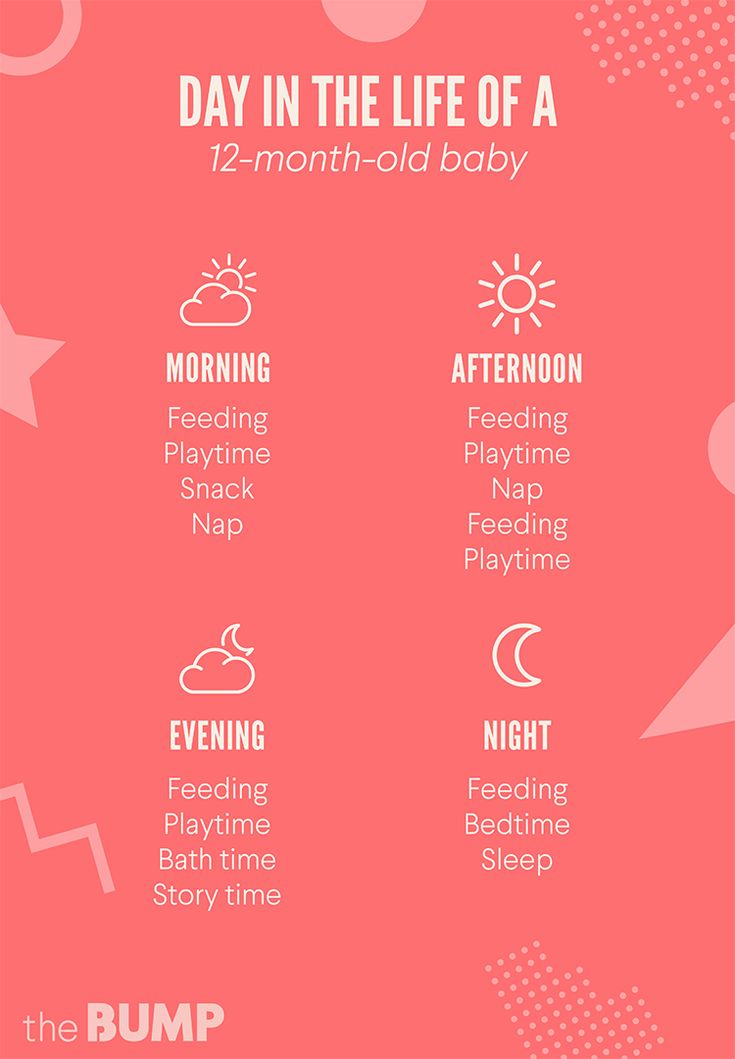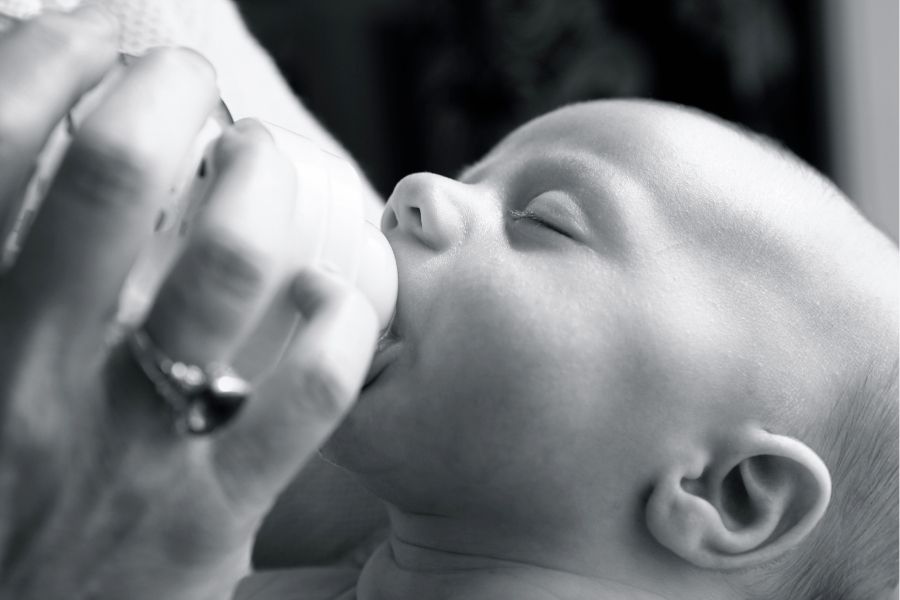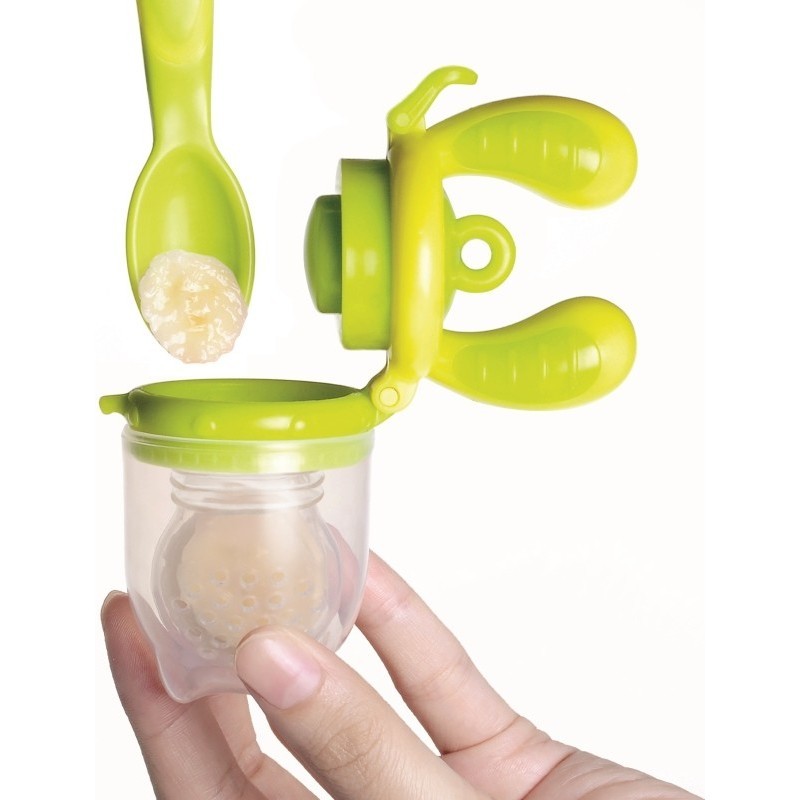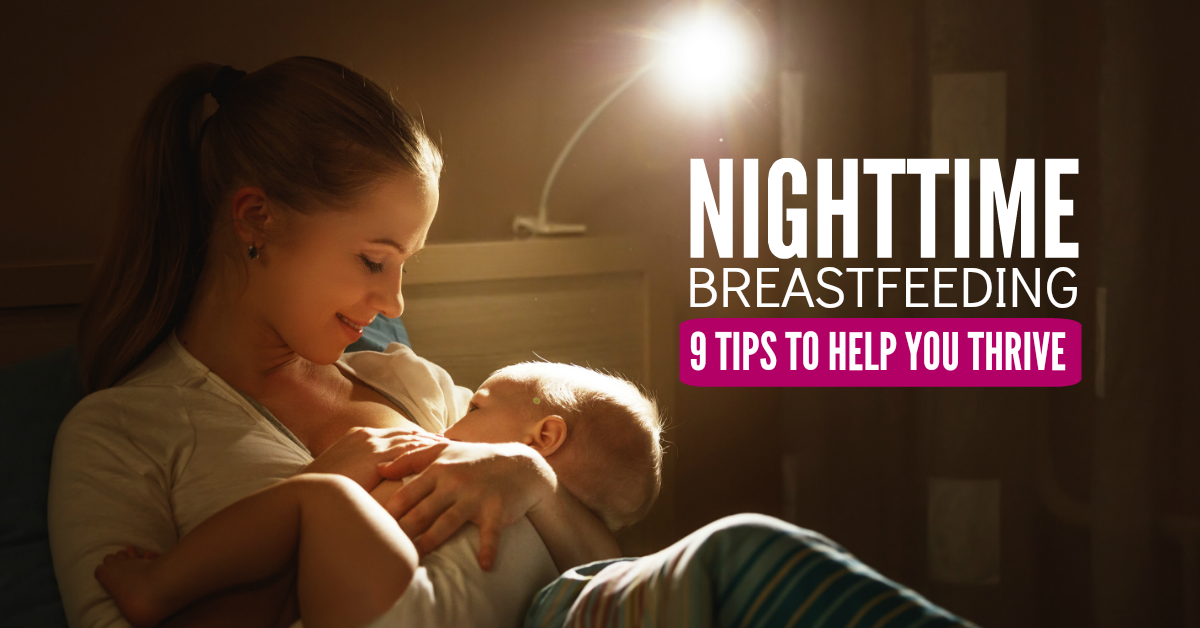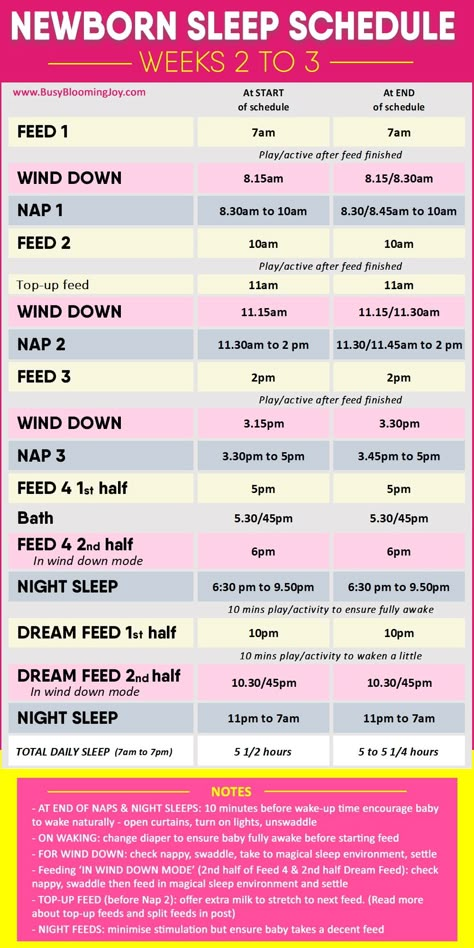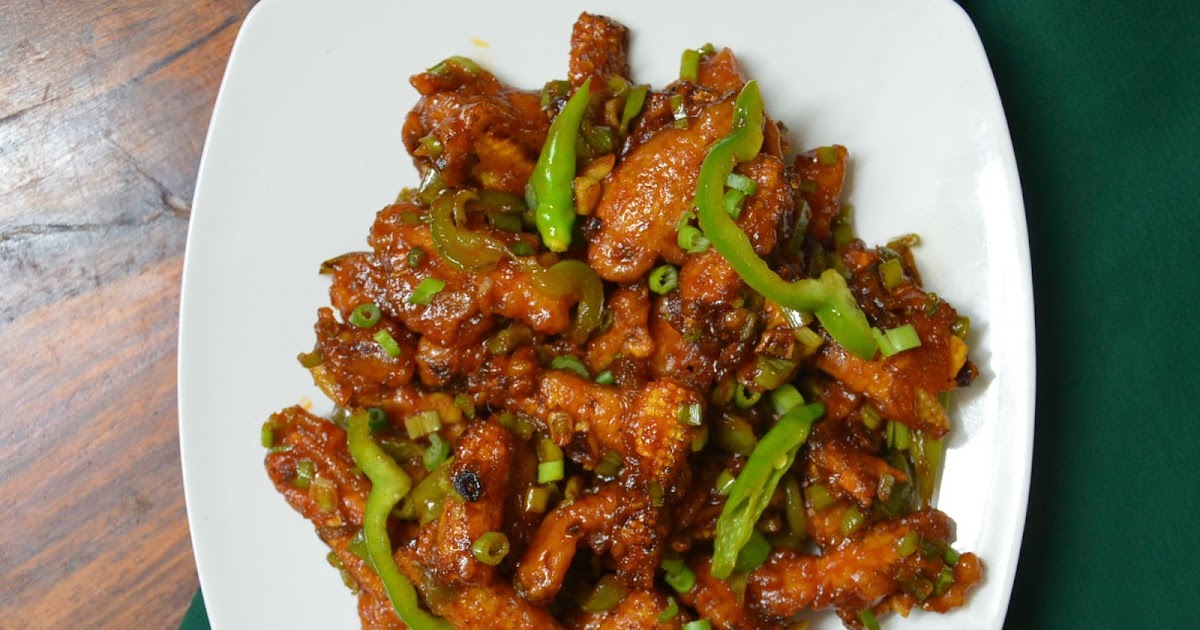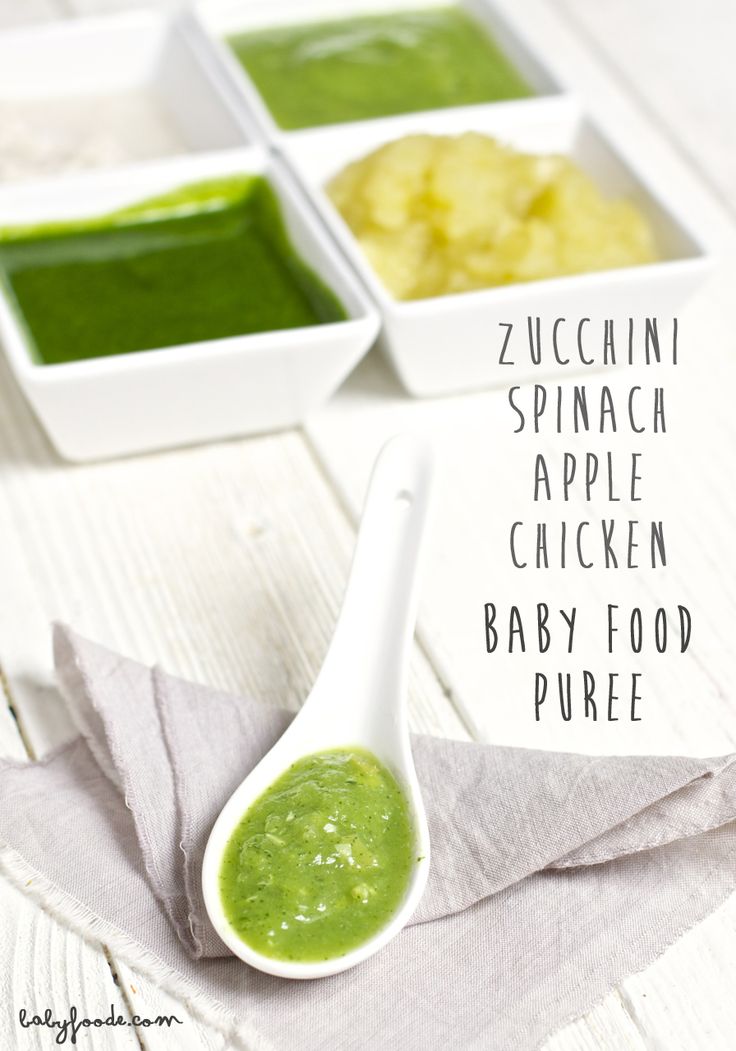What can you feed baby hedgehogs
Found a Baby Hedgehog Alone?
If you find an uninjured baby hedgehog (also known as a hoglet) and you think they need rescuing, watch them from a distance first. It's usually best to leave them alone. However, there are a few things you can do to check if the hoglet does need help.
Intervene straight away if you find a baby hedgehog:
- In immediate danger - such as on a road
- Weighing less than 300 grams - that's roughly the size of an apple - and without an adult hedgehog nearby
- Sick or injured or surrounded by flies
- Squeaking with eyes shut, without an adult nearby
- In the daytime during a stretch of very cold weather (regular ground frost or below freezing for several days)
- Next to a dead adult
If any of these apply, please collect them in a box and contact your local wildlife centre or a vet.
Here's what to do if you find an adult hedgehog out during the day.
Young hedgehogs that weigh over 300g should be weaned as they're almost ready to be independent of their parents.
Helping young hedgehogs in summer
If they're larger than apple-sized (about 300g), not in immediate danger, sick or injured then monitor the young hedgehog from a distance. If you're concerned, you can try offering them food and fresh water.
If the young hedgehog doesn't eat the food or it doesn't leave the area, please contact your nearest wildlife rehabilitator.
Helping young hedgehogs from October to February
Usually, hoglets are born in the summer but mothers can sometimes have a second litter born as late as September or October. This isn't long before hibernation starts.
Hedgehogs born this late in the year might not have enough fat reserves to survive the long winter hibernation without some help. Often, they'll have to forage for longer to find enough food so they might be seen out during the day.
The best way to help the young hedgehog will depend on how much it weighs:
- If the hoglet weighs less than 300g, it will need specialist care to survive the winter.
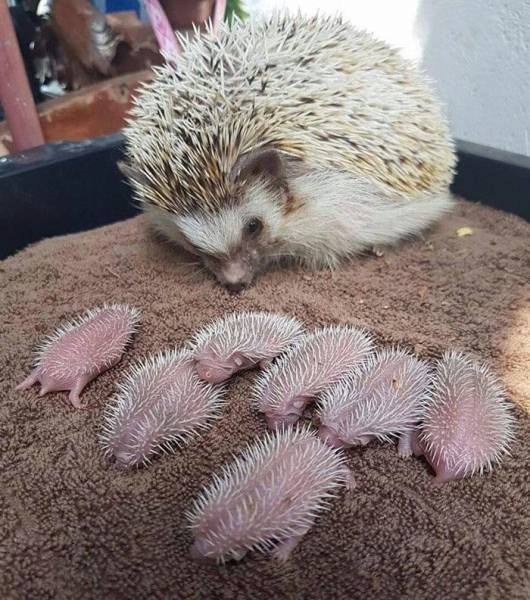
- If the young hedgehog weighs between 300g-500g, is only seen at night, and it's before mid-October with mild weather, you can provide food in the garden. Monitor its weight, and if it's not gaining weight or you're still seeing it when the weather gets colder, please contact a rehabilitator.
- If the young hedgehog weighs between 300g-500g, after mid-October, they probably won't have enough weight to see them through the winter, so may need more help. We recommend following the BHPS advice for autumn juvenile hedgehogs, which describes how to help them over the winter.
- If the hedgehog weighs over 500g and is only seen out at night, it should be healthy enough to hibernate as normal in the wild. They'll be foraging for food overnight, so if you can, keep providing food in the garden, as this will help them to put on even more weight before hibernation. However, if the hedgehog is sick or injured or seen out during the day during cold weather, follow our advice.
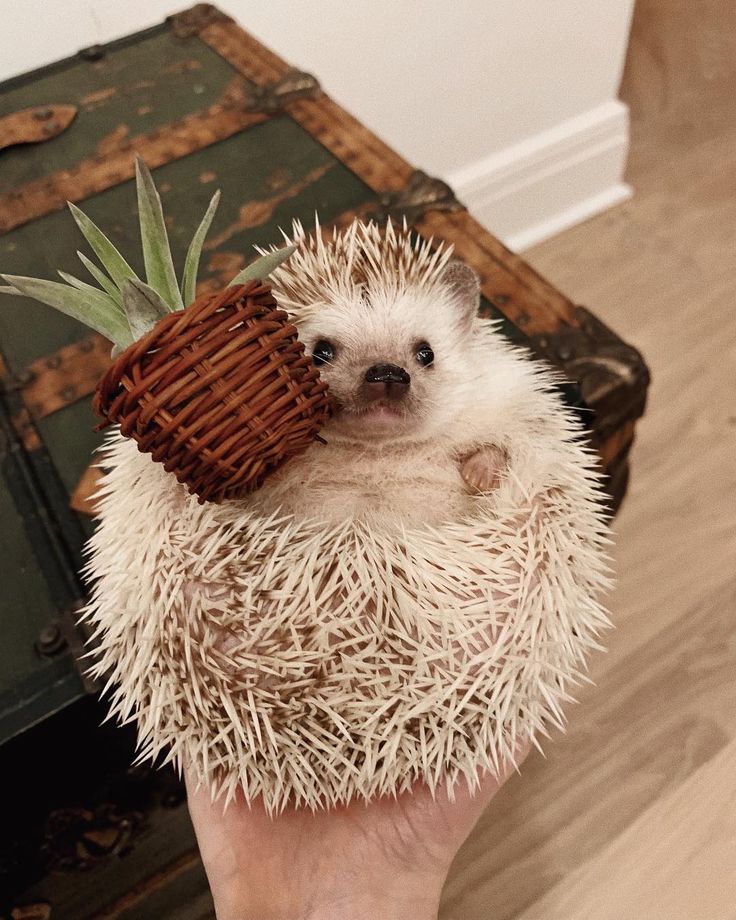
What do young hedgehogs eat?
You can try offering food to a young hedgehog, but make sure you feed them something suitable:
- Tinned dog or cat food - cat biscuits or crushed dog biscuits, make good hedgehog foods.
- Good quality, specialist hedgehog foods - these can be bought from wildlife food suppliers.
- Soak biscuits in water for very young hoglets that weigh less than 300g, as they can't eat dry food.
- Never give cow's milk to hedgehogs, as it can give them diarrhoea.
- Don't feed them bread, as it's low in nutrients.
Capturing and containing hedgehogs
If it's safe to catch and handle the hedgehog:
- Make sure you wear thick gloves, as hedgehogs can carry diseases like ringworm or salmonella bacteria, which can be passed to humans. You can also handle them using a folded towel.
- Gently pick it up and place it into a secure high-sided cardboard box, lined with a towel. You might also find that throwing a towel over the hedgehog causes it to curl up, making it easier to catch.
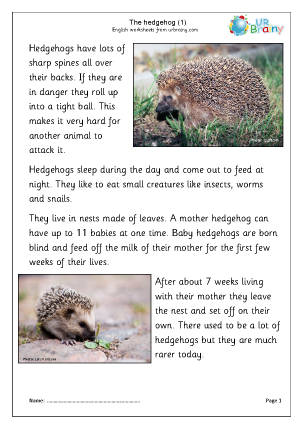
- Don't handle the hedgehog any more than you need to, because contact with humans will be stressful for them.
- Hedgehogs from the same litter can be kept in the same box if it's big enough.
- Keep them warm - if a hedgehog gets too cold, they're less likely to recover, so place a warm, towel-wrapped hot water bottle in the box as soon as possible. Make sure there's enough room in the box for the hedgehog to move away from the bottle if it gets too hot.
Keep the hedgehog somewhere warm and quiet indoors, offer them a small amount of suitable food and water.
Contact your nearest wildlife rehabilitator as soon as possible. It's often faster to take an animal to a wildlife rehabilitator yourself, as our officers may be out of the area attending other calls. If you're unable to transport the hoglet, please contact us.
Hedgehog Bottom Rescue - Feeding Babies and Juveniles
If you have come to this page never having dealt with baby or juvenile hedgehogs before, or having had failures before, PLEASE PLEASE PLEASE contact a rescue with a track record of success.
Don't try to look after them yourself without correct support.
Hedgehog Bottom
Babies and Juveniles
Hoglets should be fed with a milk substitute such as Esbilac which contains all the fats, vitamins and minerals they need. Under no circumstances should you give them cow's formula which will kill them. Goat's milk with Goat's colostrum may be used for a short period of time if nothing else is available.
Products such as Cimicat are acceptable for a short time with the very young hoglets but are not substantial enough to make the hoglets grow. We have found that Shirley's Lactol, Welpi, Canilac and most Kitten milks, as well as human baby formulas, are completely unsuccessful and will always advise you not to use them.
You will need:
- a sterile syringe, 1ml, 5ml or 10ml - depending on the size of the feed required.
- a short piece of rubber tubing such as a cannula, or a Catac teat ST1, also sterile.
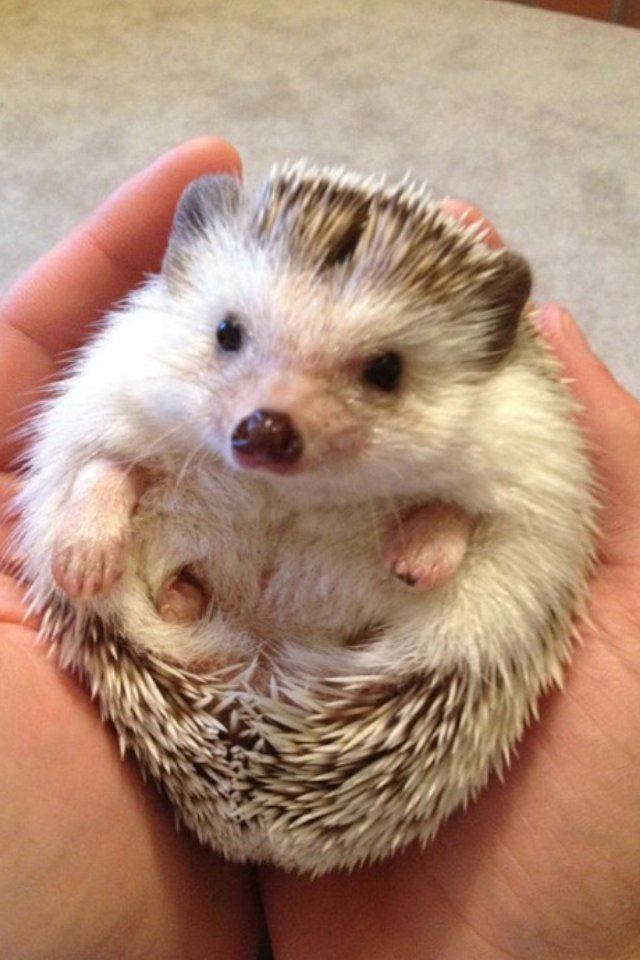
- a food warmer to keep the feed at body temperature
- Milton Fluid or a steriliser to clean all the equipment between feeds
- Fennel Tea - bags are easiest
The powder milk substitutes need to be mixed well so that everything dissolves and we use the Fennel Tea to make it up rather than water as we've found it helps with bloat issues. For some time now we have made up enough feed for a whole day the night before it's required, stored it in the fridge and remixed it the following morning. Don't use an electric whisk or blender as it adds too much air.
Refer to the list below for amounts and frequencies. Heat up only enough feed for one sitting and warm it to body temperature. Test it on the back of your wrist as you would for a baby. We use a bottle warmer with a dish in the top to keep the food at the right temperature throughout feeding but others use food warmers with tea lights.
Place the baby on a warm towel on your lap, on a heat mat, or wrap it in a warm cloth and hold it upright, different hoglets prefer different methods.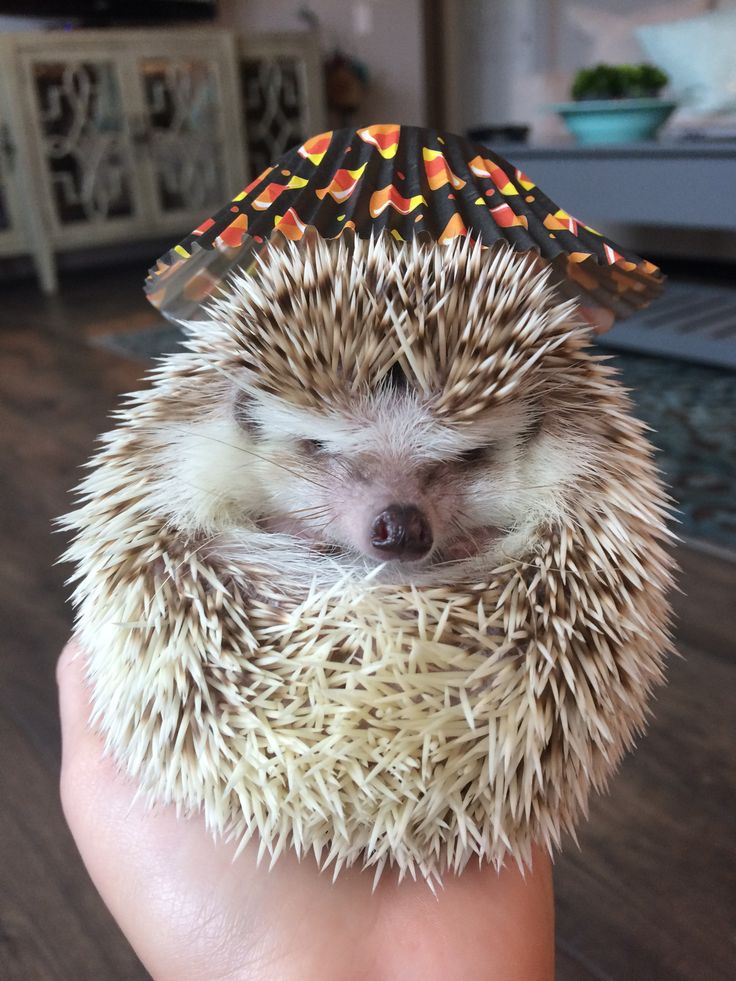
NEVER feed the baby on its back as it may inhale the feed and drown.
Put the tip of the syringe, or rubber tube if it's a very young hoglet, under the lip and gently squeeze out a drop. Some hoglets will instantly attack the syringe and gobble the lot down, others take a while to get the idea. Feed slowly, do not be tempted to press the plunger hard. Once fed, it will be possible to see the feed in the stomach of the youngest babies if they have properly eaten and not dribbled it all out.
The youngest hoglets (pinkies) will need to be toiletted when they come in. If you haven't seen them passing urine or faeces by themselves then you MUST do it for them. A cotton bud dipped in almond oil then gently but quickly tickled around the genital area should do the trick but the tinies have paper thin skin and you can make them very sore. So. I've found another use for makeup remover pads. Fold one in half then, with the hoglet on its feet, gently tap on the urethra.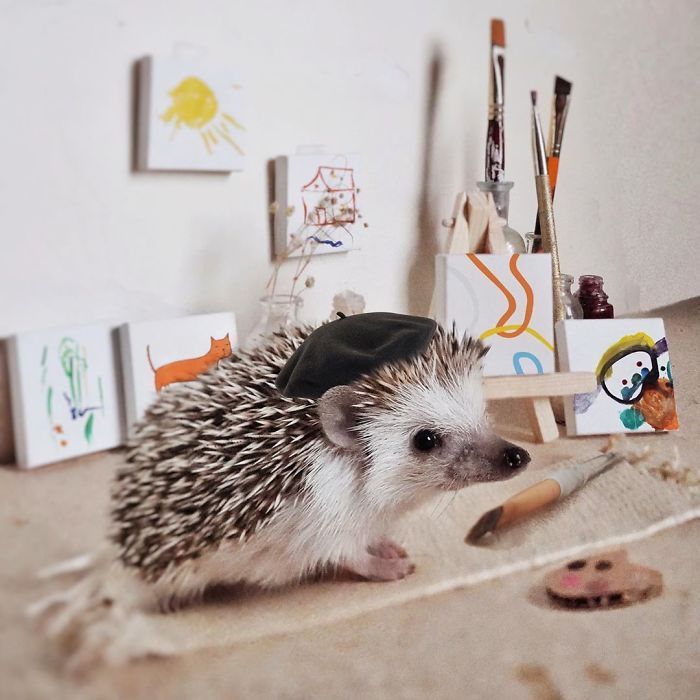 The pad will soak up any urine preventing the hoglet from becoming sore.
The pad will soak up any urine preventing the hoglet from becoming sore.
- NB. Weights given are a guide only. Once hoglets are a week old there can be a significant weight difference between litter mates and the more there are in a litter the lighter they are likely to be so weights are not given for anything from 1 week - 4 weeks.
- Weigh the hoglets at the same time each day and make a note of it. This will act as a guide to growth.
- In addition, weigh before each feed and again afterwards. For every 1ml of feed the hoglet has ingested, an increase of 1g weight should be noticed. Do not note these weights down or you will confuse or scare yourself silly. Use your daily weights to track progress.
- Make sure the hoglets are kept very warm. If they are cold they will use most of their energy trying to keep warm and will not gain weight. Most rescues recommend around 35c for the first couple of weeks until they can maintain their own body temperature.
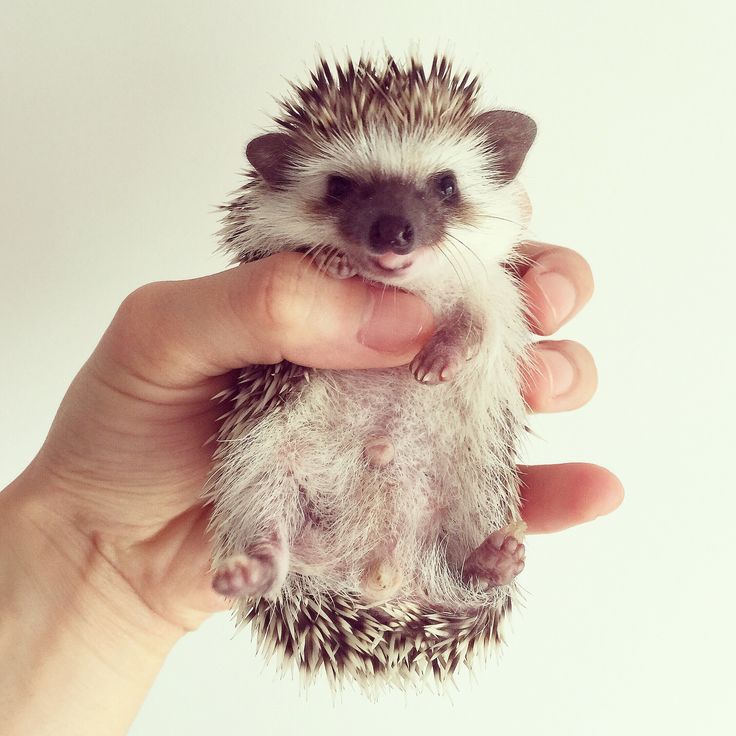
Hoglets should be fed up to 25% of their bodyweight daily split into multiple feeds
Do not overfeed. A distended tummy means bloat. Stop feeding immediately and give rehydration fluid instead
It is worth noting that all hoglets feed differently, DO NOT FORCE THEM TO DO THE SAME THINGS.
One action guaranteed to confuse is the hoglet with an enthusiastic and extremely strong suckle. Often these babies will appear to be in serious trouble as they stand motionless with their mouth wide open. DO not panic! The hoglet's tongue is suctioned to the roof of its mouth. Gently wiggle the syringe and break the suction then continue to feed.
NB. When hoglets first come in DO NOT ATTEMPT TO FEED THE FULL AMOUNTS mentioned below. They feed on demand with mum. We are forcing them to eat on our terms. They need time for their tummy to adjust.
- Premature & Newborn
-
- Completely pink
- Approx weight 7-19 grams*
- Spines are beneath an outer skin.
 If the babies are born with spines mum may well end up with stuck babies and need a vet IMMEDIATELY.
If the babies are born with spines mum may well end up with stuck babies and need a vet IMMEDIATELY.
*Hoglets weighing under 12g may be premature. ALL hoglets will struggle if they have not had a first feed from mum.
If you have never dealt with these before we STRONGLY recommend you work with somebody who has. These babies are tiny and often highly compromised. The first couple of days are crucial and of you get it wrong nothing you do afterwards will save them. This is not a competition. Let experience help the babies.
- Birth to three days old
-
- At birth the hoglets are blind, deaf, pink, bald
- Approx weight 15-25 grams*
- At one hour, white spines start to push through the outer skin
- At 36 hours a second coat of dark brown spines begin to emerge. The hoglet starts to jump if disturbed
Once you have established a regular feeding pattern, give 1-2 ml of milk substitute every 2 hours.
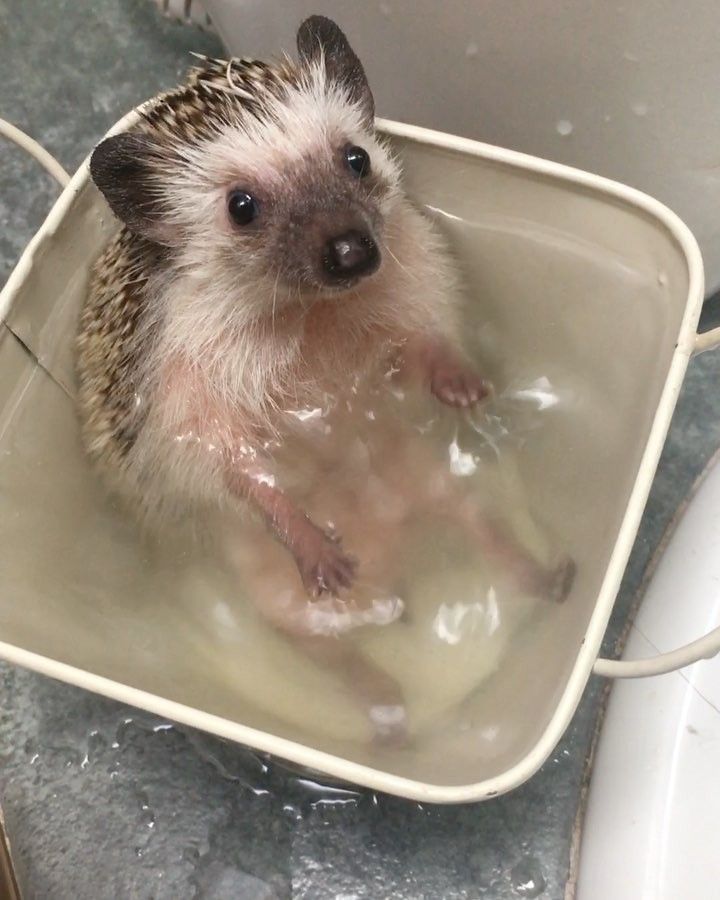 DO NOT GIVE ANY MILK CONTAINING LACTOSE
DO NOT GIVE ANY MILK CONTAINING LACTOSEMum feeds round the clock for the first few days, never leaving the nest. At 3-4 days she will start to come out at night to feed and water herself.
- Three days to one week
-
- Hoglets are blind and deaf
- Darker spines are starting to come through
- Approx weight 25-30 grams
- Do not leave more than 6 hours between feeds
- Hoglets may jump if disturbed. Great care is needed not to drop them.
Feed 1-2ml of formula every 3 hours. The last feed should be around midnight to 2am
It is often a good idea, especially if this is he first time you have dealt with them, to sit on a low stool or on a carpeted floor so the hoglet has less of a distance to fall.
- One to two weeks old
-
- At one week - the hoglets are still blind and deaf.
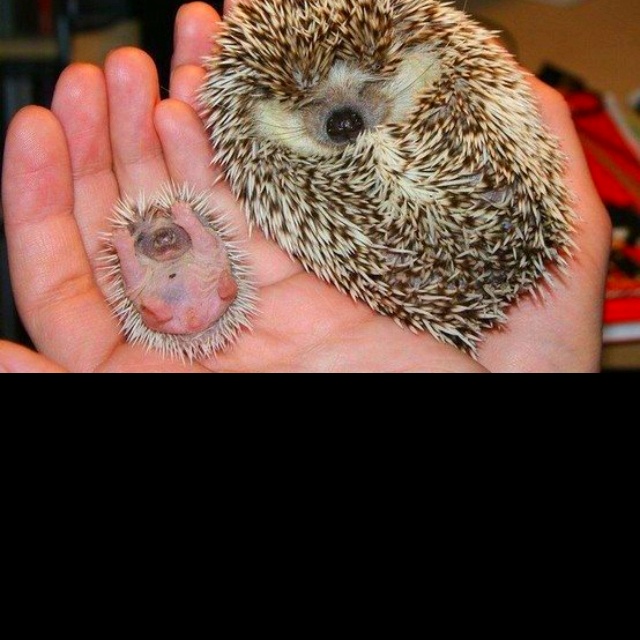
- They can be very vocal when hungry, frightened or disturbed
- The white spines are still longer than the brown ones.
- Whiskers start to emerge
- At 11 days old hoglets start to curl
Feed 2-3ml of formula every 3 hours
Hoglets should be steadily gaining weight, if not, increase the frequency of the feeds to every 2 hours for a few days
- At one week - the hoglets are still blind and deaf.
- Two to three weeks old
-
- Two weeks - More second coat spines.
- Fine hairs like stubble on snout
- Eyes and ears begin to open
- Third coat of larger and stronger spines start to emerge
Feed 3-5mls of formula every 3-4 hours
Hoglets should be steadily gaining weight, if not, increase the frequency of the feeds - Three weeks old
-
- Few white spines left, almost replaced by third stage spines
- First incisor teeth start to appear
- Dense covering of short brown hair
Feed 5-6mls every 3-4 hours and leave a small, shallow dish of feed to encourage baby to lap
- Four weeks old
-
- No longer has the rounded puppy appearance to the snout
- skin completely covered by fur
- Should weigh between 84-130 grams
Start to give solid food as the new teeth should have erupted.
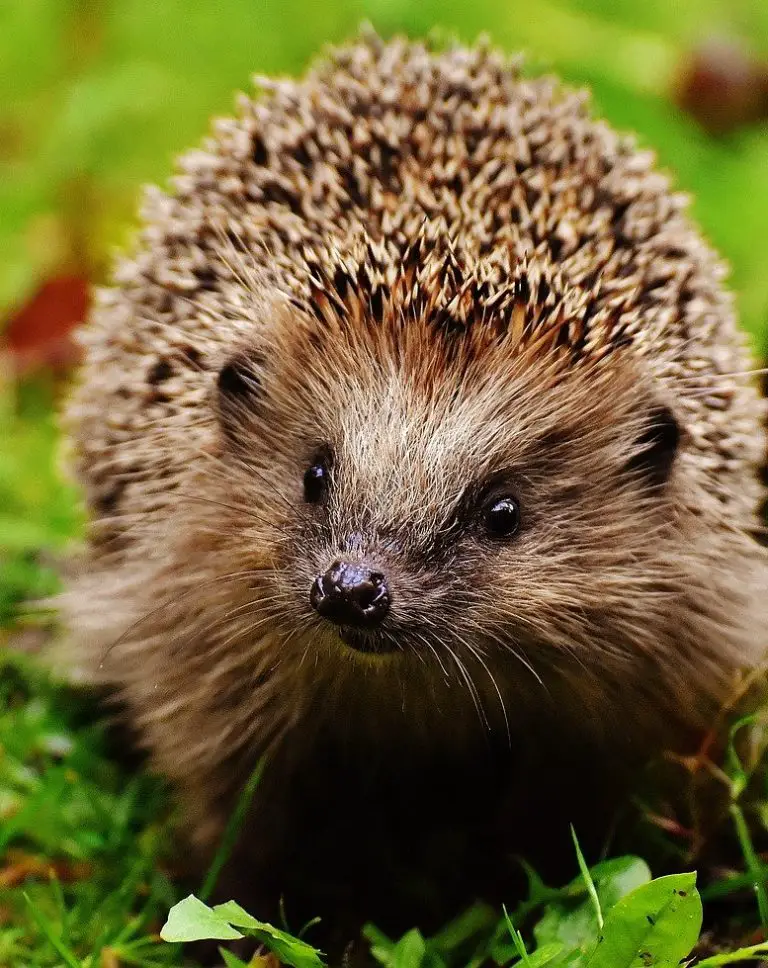 It's often a good idea to wean the baby by intially liquidising some puppy meat and mixing it in with the formula
It's often a good idea to wean the baby by intially liquidising some puppy meat and mixing it in with the formula - Five to six weeks old
- Resemble miniature adults
- Should be walking without wobbling
- Fast forward, no brakes!
- Phase out hand feeds and give small dish of formula and liquid food mixed together
- Hills Prescription A/D or Royal Canin Recovery RS are ideal first food choices and are normally well accepted by hoglets
- Six to eight weeks old
- Give tinned puppy food
- Make sure a very shallow dish of fresh water is available at all times
- Shallow is very important as a hoglet can drown in very little
- Eight weeks old
- Give dog or cat food
- Should now weigh 350 grams
Please be aware that hoglets are not straight forward to care for. Many things can go wrong along the way and even with the support of a good vet, it's extremely easy to lose the little ones.
No matter how much you believe you can raise them, I would beg you to seek expert advice. If you go to a good carer they will normally assess the hoglets and then agree a care regime with you. It does not automatically mean you will have to give the animals up. It may be they will be given straight back along with a care sheet, or possibly kept at the rescue for a few days and then returned to you if that's what you want.
What to feed a hedgehog in the country, what a wild hedgehog eats in nature
Very often hedgehogs come to garden plots in search of food. Many gardeners even specially lure and feed hedgehogs, put houses for them. After all, these little predators are excellent helpers on the site, which help get rid of many pests. The first thoughts that come to summer residents, as soon as the hedgehog comes, you need to feed him something. What do hedgehogs eat in captivity and what can you feed a hedgehog?
Contents
What the hedgehog eats
The hedgehog is practically omnivorous, most of all prefers food of animal origin rich in protein.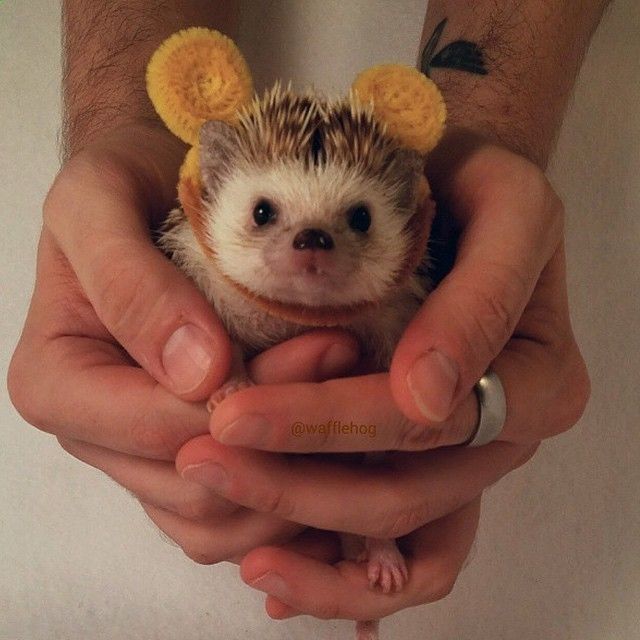
In nature, the hedgehog feeds on various insects, insect larvae, beetles, flies, earthworms. Ruin other people's nests to feast on eggs.
In the garden, the hedgehog eats snails, slugs, caterpillars, wireworms with pleasure, thereby protecting your garden from pests. That is why summer residents love it so much when hedgehogs settle on their site. Many even try to specifically lure the hedgehog to their summer cottage.
Hedgehogs are predators and good hunters by nature. Their prey is often snakes, mice, lizards, frogs. Hedgehogs are immune to snake venom, so they will fight snakes without fear. If a family of hedgehogs has settled on your site, snakes and mice will stop bothering you.
How to feed a hedgehog
If you feed a hedgehog in the garden for a while, after a while he will get used to it and may bring his whole hedgehog family to you. What does hedgehog eat besides pests and rodents?
Food of animal origin
Hedgehogs prefer food of animal origin to any other food.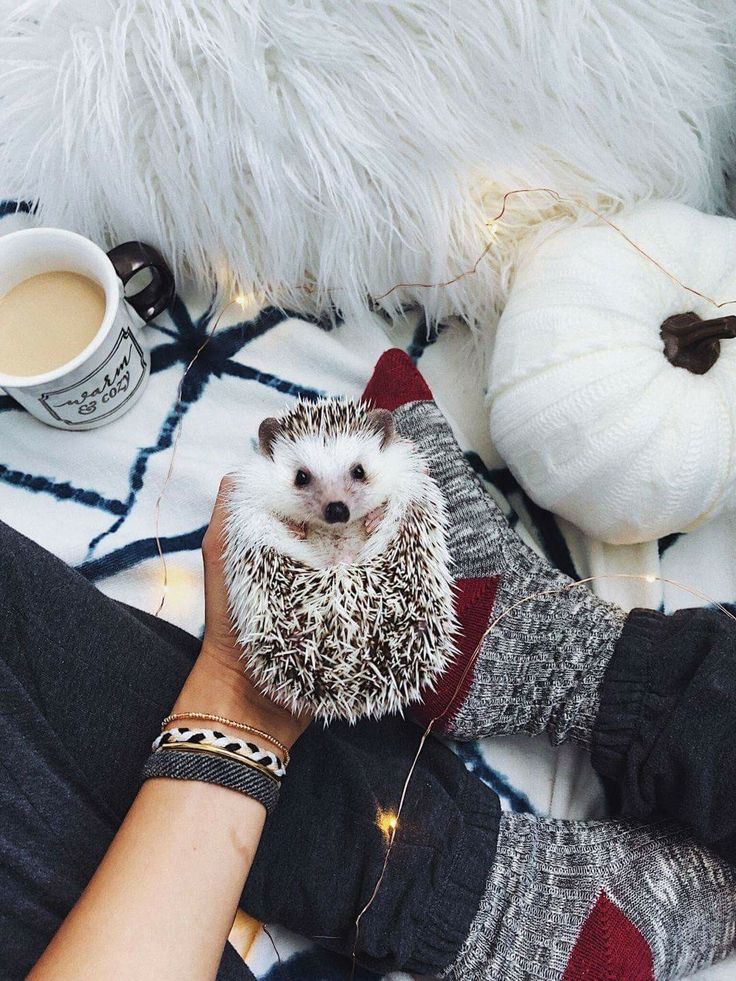
- Raw meat (chicken, beef, lamb, veal, turkey, rabbit). You can also feed the hedgehog boiled meat, not salty, without seasonings and spices.
- Motyl.
- Liver, kidneys, heart, ventricles, raw or boiled.
- Raw or boiled egg.
- The cheese is non-greasy.
- Cheese.
- Raw fish. In nature, hedgehogs cannot get fish, for this reason they do not eat it. You can try feeding him a small amount of raw fish. It will not bring benefits to the hedgehog, but in a small amount it will not cause harm.
Fruits, vegetables, berries and herbs
Hedgehogs, wandering into the garden plot, like to eat fallen fruits of trees: apples, pears. They can also eat various berries that have fallen to the ground. From greenery, hedgehogs prefer dandelion leaves, carrot tops.
You can give the hedgehog raw carrots. It must be washed, cut into pieces, or grated.
Raw potatoes contain a lot of starch and solanine, so it is undesirable to feed them to your hedgehog. You can give the hedgehog a small amount of boiled potatoes.
You can give the hedgehog a small amount of boiled potatoes.
What else can you feed a hedgehog
- Boiled pasta.
- Porridge cooked with water. Oatmeal, rice, buckwheat, millet, barley.
- Nuts, seeds.
- Cookies.
- Bread.
- Fresh mushrooms.
- Cat and dog food (not recommended).
Water for the hedgehog
Be sure to offer the hedgehog clean drinking water. In hot weather, the hedgehog often goes far in search of water. In the forest, water can be difficult to find and the animal may die from dehydration.
If you have fed a hedgehog in the garden, or if you have a family of hedgehogs, be sure to put a bowl of water and add water daily. The bowl should be chosen shallow, it is advisable to fix it so that the hedgehogs do not turn it over.
When and how much to feed the hedgehog
Hedgehogs are active at night. Therefore, treats and goodies need to be prepared and put in the evening.
For wild hedgehogs, unlike domestic hedgehogs, there are no restrictions on the amount of food. They are able to independently determine the norm. Do not leave too much food, it will start to spoil. The rate of food for a hedgehog can be determined empirically by watching him for a couple of days.
The active period of hedgehogs lasts from April to October. Before hibernation, hedgehogs specifically gain weight to form a fat reserve. Therefore, during this period, you need to increase the amount of food. If the hedgehog does not have time to gain enough weight, he may wake up in winter from hunger and die.
It is recommended to actively feed hedgehogs in the spring when they come out of hibernation. They spent their fat reserves over the winter, and will immediately go in search of food.
What not to feed hedgehogs
- milk and dairy products;
- sweet, salty, fried;
- cabbage;
- raw potatoes;
- sausage;
- pork (too fatty).
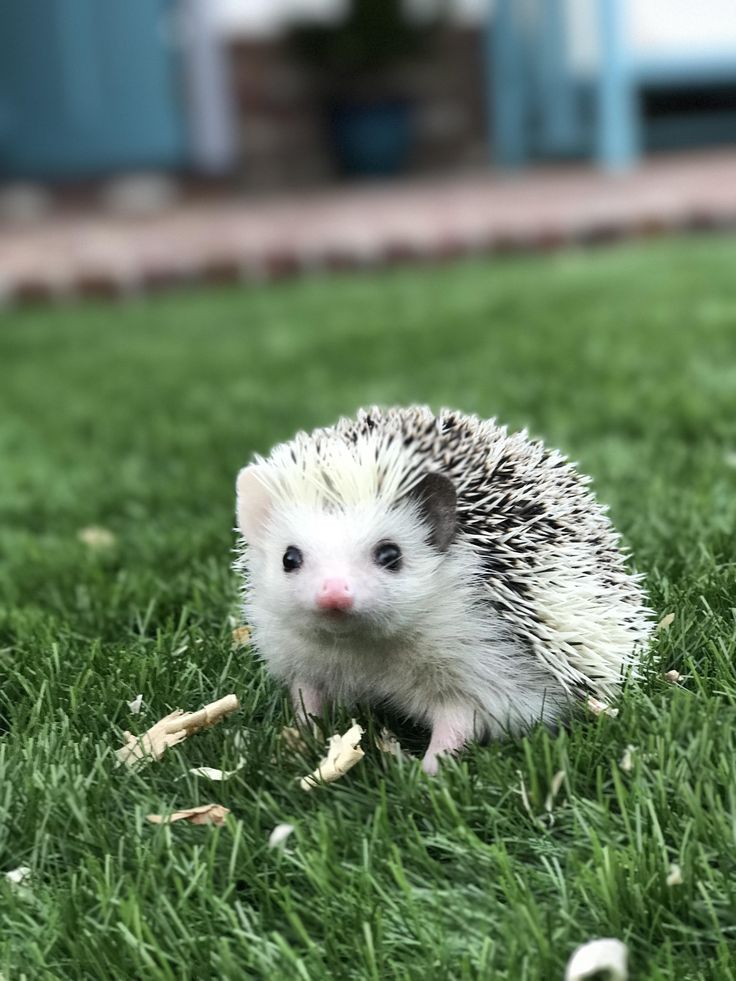
Many people think that hedgehogs like milk. This is not true. Hedgehogs should not be given milk as they are lactose intolerant. Therefore, if a hedgehog came to the garden plot, it is better for him to pour clean water than to give milk.
than feeding and the most preferred products
Content
- 1 Optimal Hedgehog ration at home
- 1.1 meat
- 1.3 insects
- 1.4 Forms
- 1.5 Other types of feed
- 2 norm hedgehog feeding
Proper, balanced nutrition is of great importance for keeping a hedgehog at home.
Mammal food must contain all the necessary elements for life, energy replenishment and cell growth. This is difficult to achieve with any one type of diet, so it is necessary to combine all acceptable products to answer the question: "How to feed a hedgehog at home."
The pet hedgehog diet must include:
- vegetable and animal fats,
- carbohydrates,
- protein,
- vitamins,
- calcium, sodium, iron and other essential elements
In this article we will find out what is the best way to feed a hedgehog at home.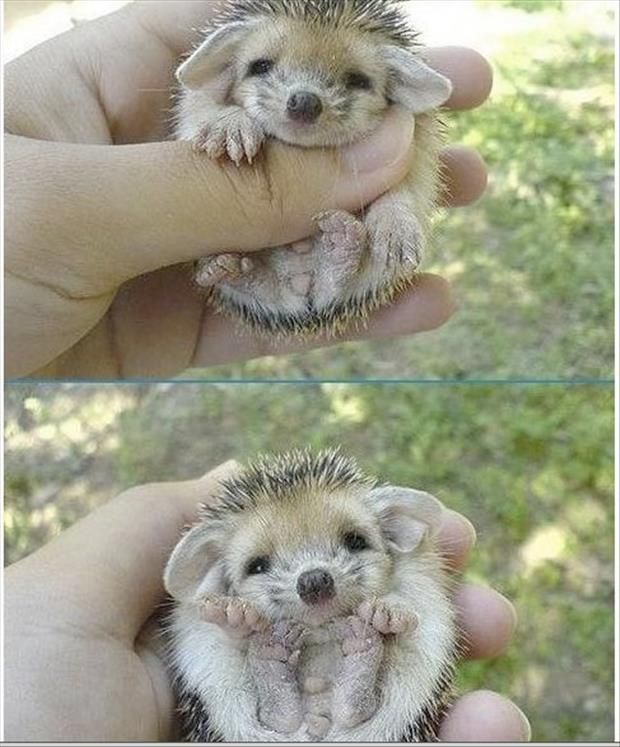 Consider the main types of products most commonly used at home for feeding a hedgehog.
Consider the main types of products most commonly used at home for feeding a hedgehog.
Optimal hedgehog diet at home
Meat
Mammals can eat quite different foods . The best product for feeding a hedgehog is home-cooked liver. Also, such types of offal as the heart, spleen and tongues of carcasses of domestic animals are not inferior in usefulness. The meat can be either raw or scalded, or cooked at home. It must be remembered that it is better to feed the hedgehog at room temperature.
When answering the question “What to feed a hedgehog?”, it should be noted that minced meat mixed with buckwheat or rice will be an excellent option for the full nutrition of your mammal.
Fish
Fish is traditionally considered a fairly affordable and valuable product for the hedgehog. At home, unsalted and fresh fish can be used for feeding. It is necessary to avoid salty and not quite fresh fish products, which can cause irreparable harm to the hedgehog.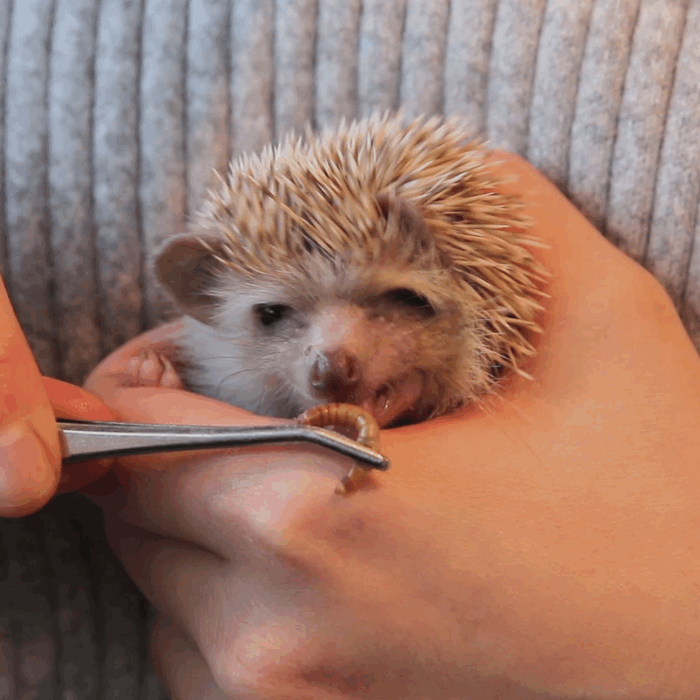
Horse mackerel and mackerel can be recognized as the best types of fish for feeding a hedgehog. It is necessary to avoid carp, pike, pollock, crucian carp in the diet. These fish can cause beriberi and anemia in hedgehogs when eaten frequently in large quantities. Therefore, you should not get carried away with this food.
Insects
It is necessary to give the hedgehog food to which he is accustomed in captivity. Specifically, these are:
- tracks,
- mice,
- earthworms,
- bloodworm,
- snails,
- frogs.
However, be aware that snails and some other species may be infected with lung parasites. If the hedgehog eats contaminated food, then he himself is very likely to get sick. Therefore, you need to be careful with the choice of such complementary foods.
Animal feed
Animal foods are also suitable for the hedgehog's diet at home. They include bone, blood and fish meal.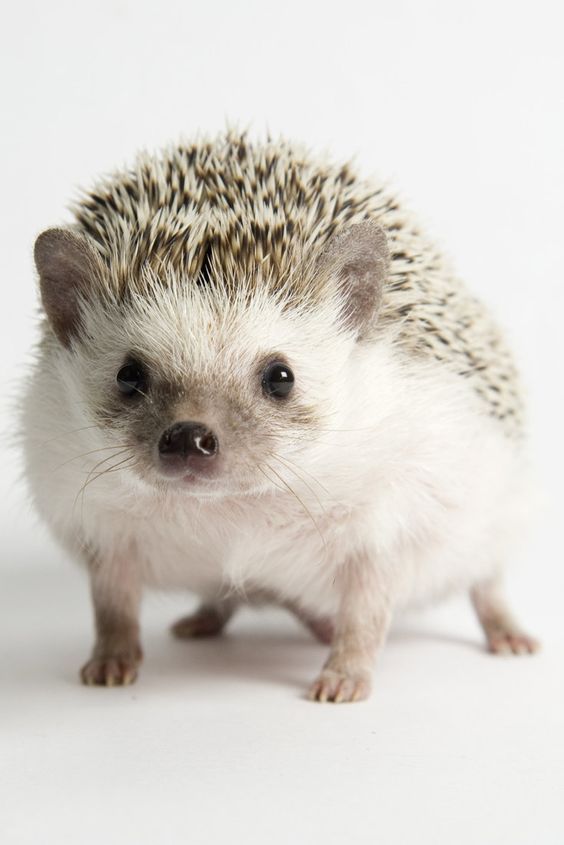
Other feeds
With great pleasure, hedgehogs drink milk with soaked white bread, eat cottage cheese, eggs and even boiled potatoes. Sheep's and goat's milk is preferable to cow's in this case. This is because cow's milk, when consumed in large quantities, can harm the hedgehog and affect intestinal diseases.
Pieces of apple as a complementary food at home are also of interest to the hedgehog. Various juices from vegetables and fruits can also take their rightful place in determining complementary foods. An example of a fortified diet is a mixture of raw carrots with crushed breadcrumbs and an egg. How to feed a hedgehog, each owner determines independently. You can also experiment with other foods to see what fruits and vegetables your pet hedgehog prefers.
As practice shows, hedgehogs eat food for cats and dogs with great pleasure. However, one must be careful with this type of food and, if possible, not get carried away with it. The hedgehog diet should contain a large amount of protein and a minimum amount of fat. Then the mammal will feel in good shape, delighting his master.
The hedgehog diet should contain a large amount of protein and a minimum amount of fat. Then the mammal will feel in good shape, delighting his master.
An obligatory component in the determination of hedgehog food at home is the presence of drinking water . After all, water is the basis of life for all living beings.
Hedgehog feeding norm
And most importantly, you should never overfeed hedgehogs! The optimal measure of feed per day is 100 grams per 800-900 grams of hedgehog weight . It is better to feed the mammal twice a day, in the morning and in the evening, gradually adding new types of foods to the hedgehog's diet. This will avoid the occurrence of an allergy to a new food, and if it occurs, the reason for the hedgehog's poor health will be clear.
It is also necessary to remember that each mammal is unique, and therefore the preferences of different hedgehogs can be completely different. The optimal ratio of the diet is achieved by trial, resulting in an acceptable choice of products for feeding at home.